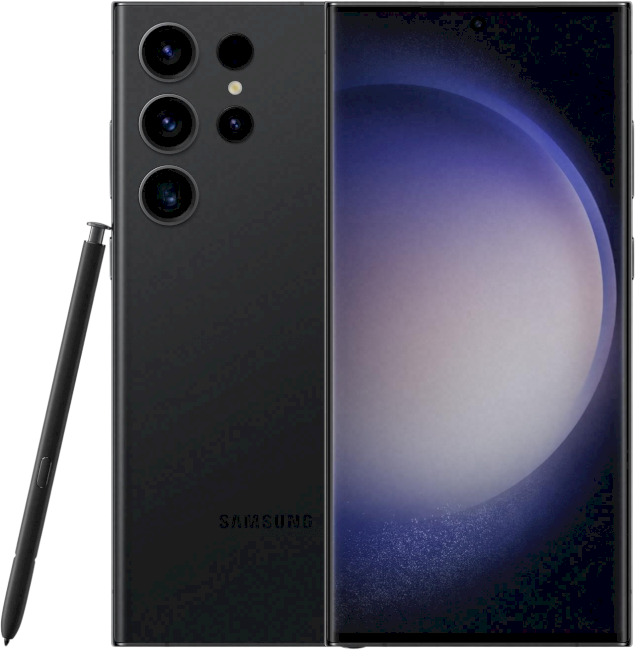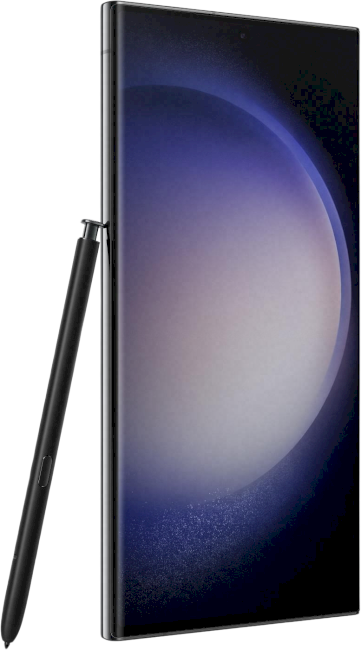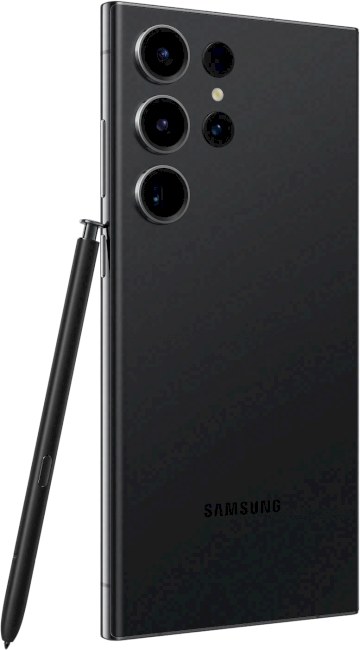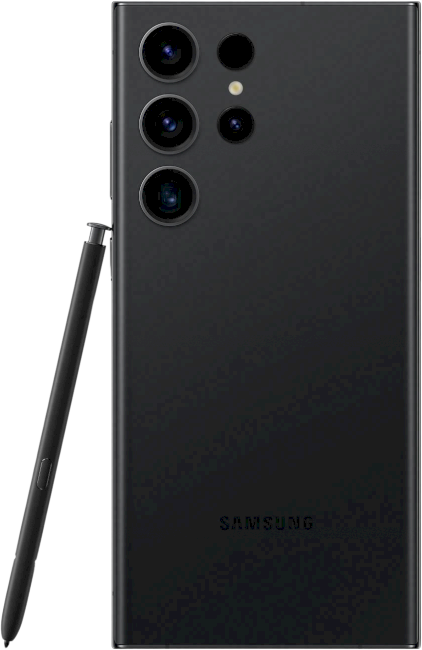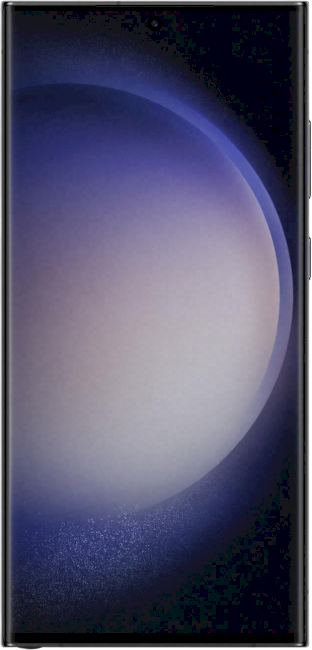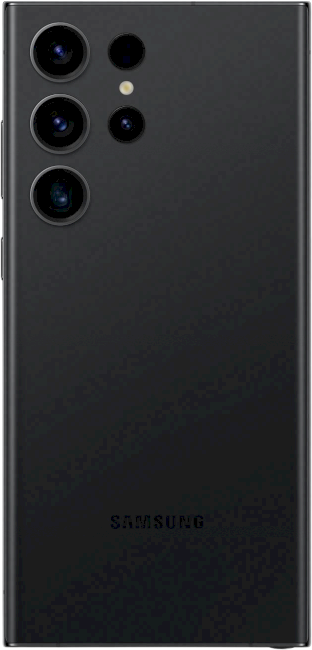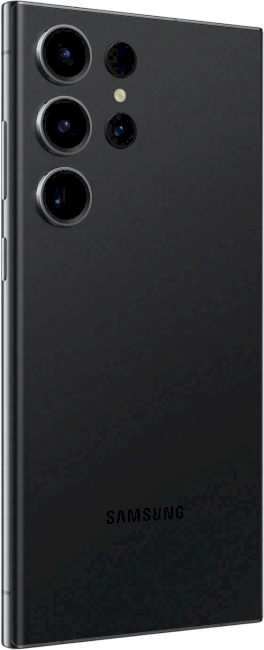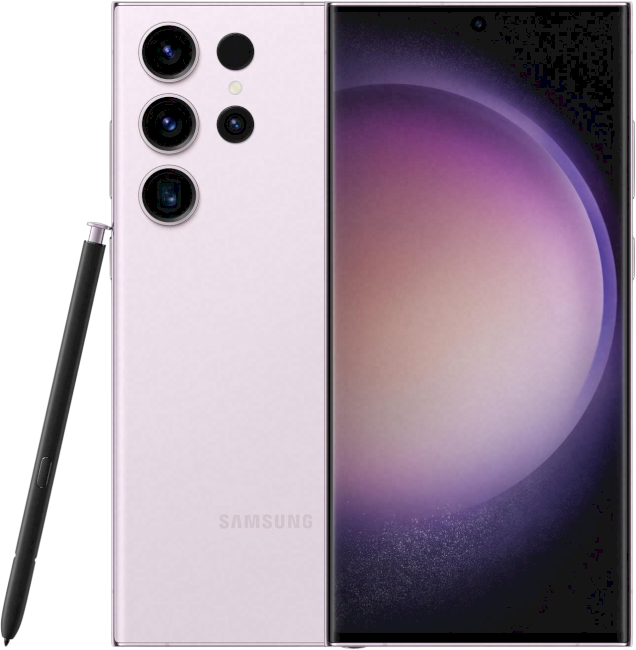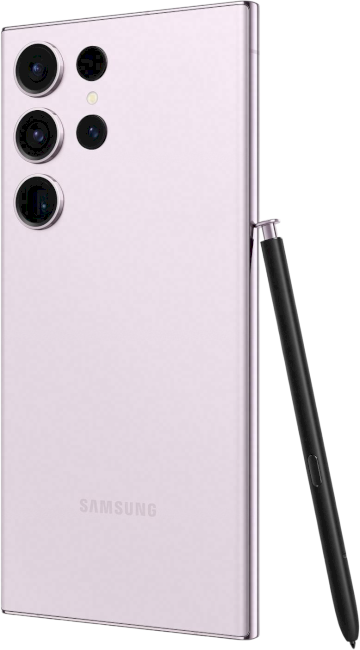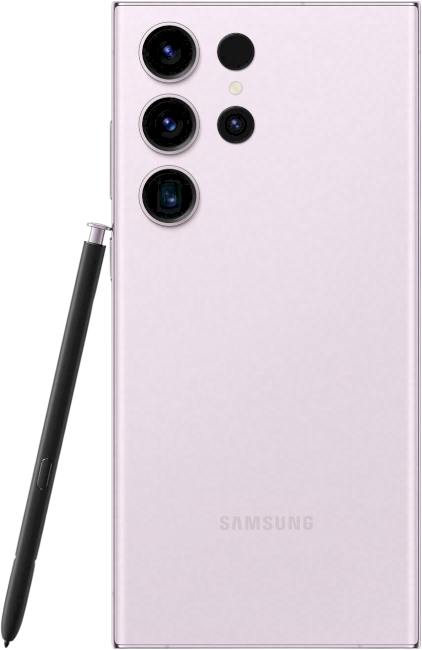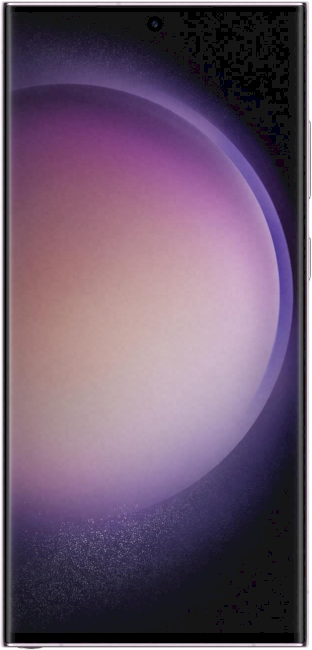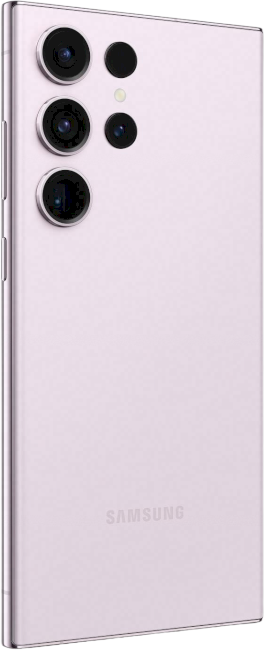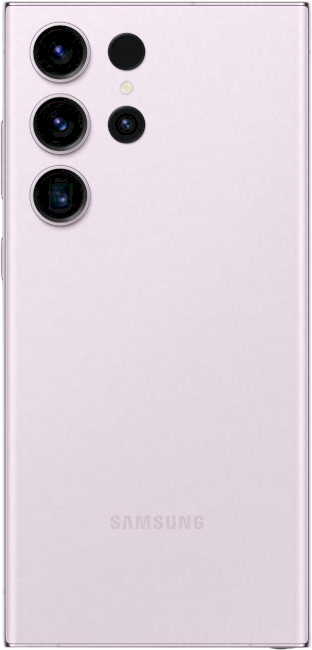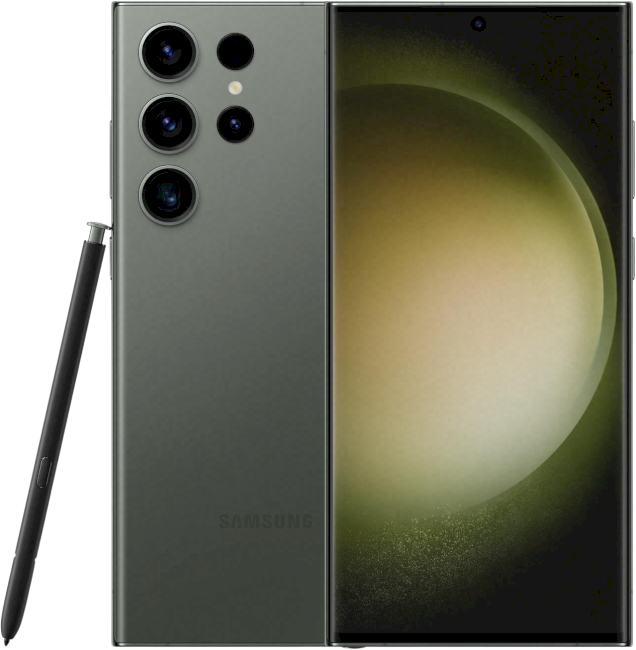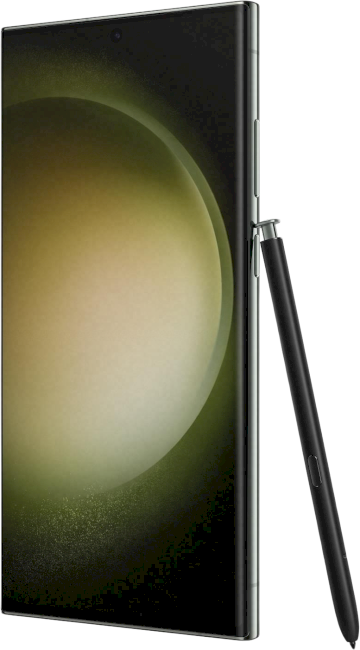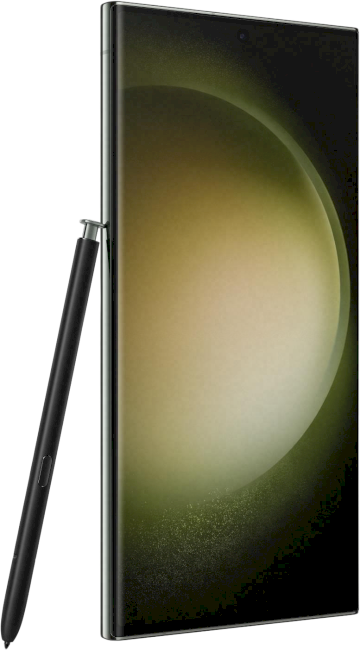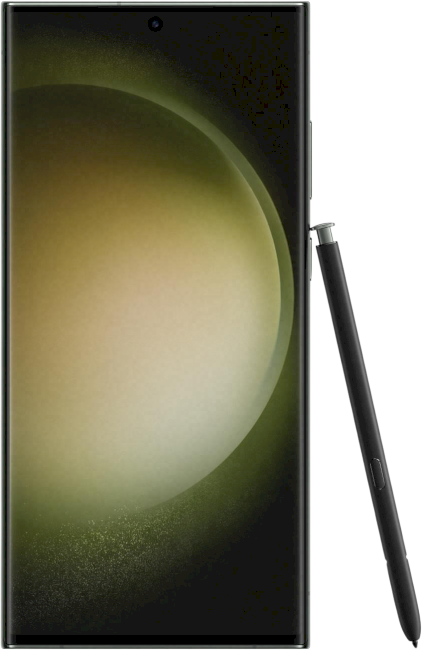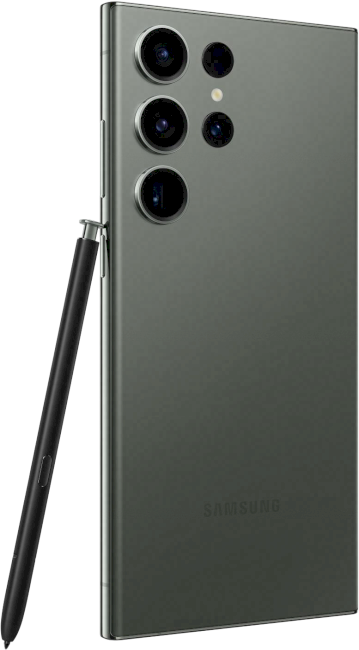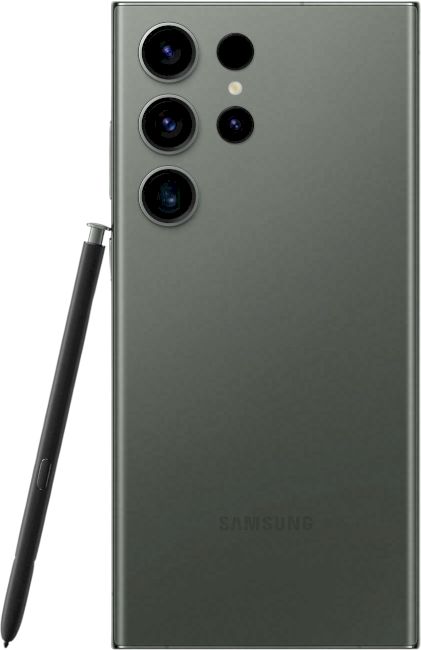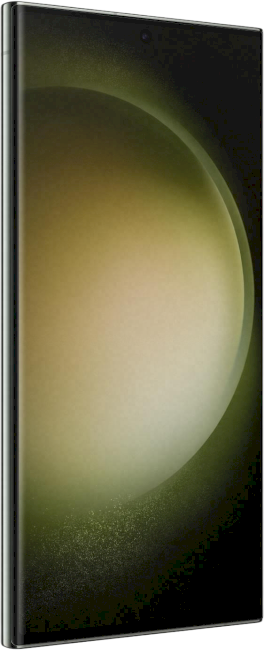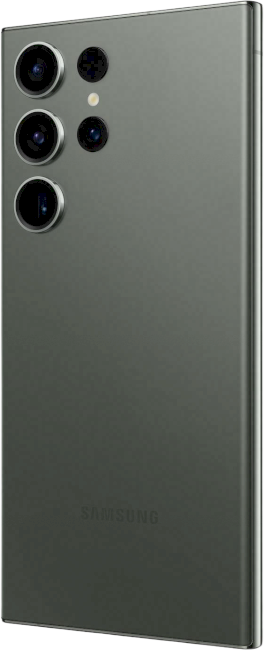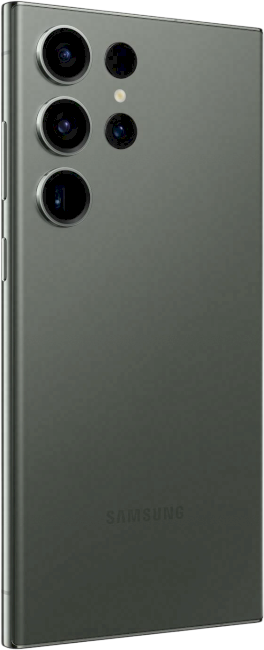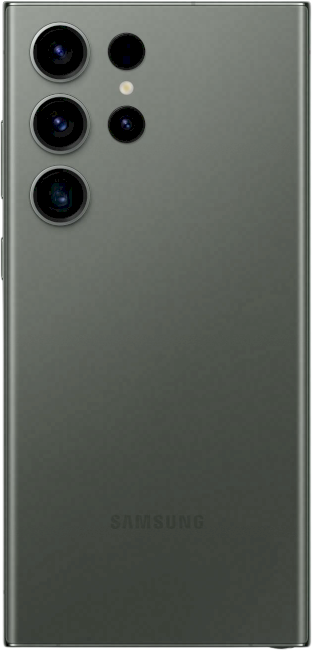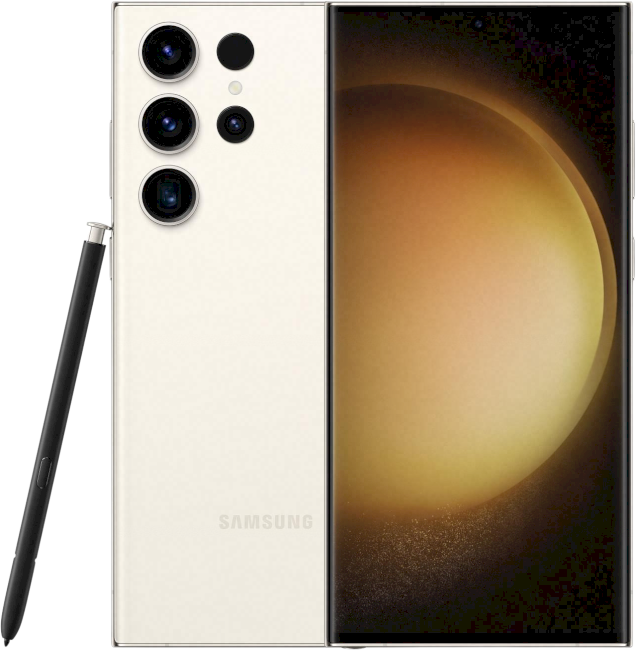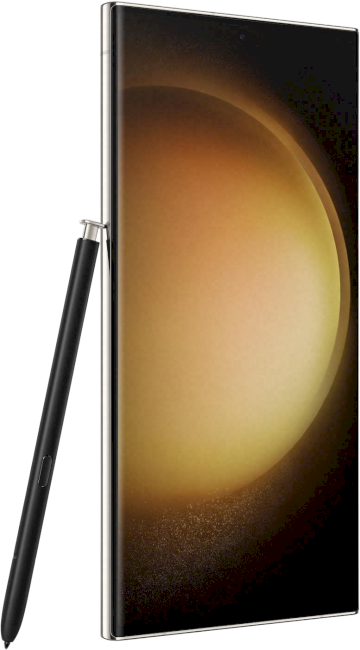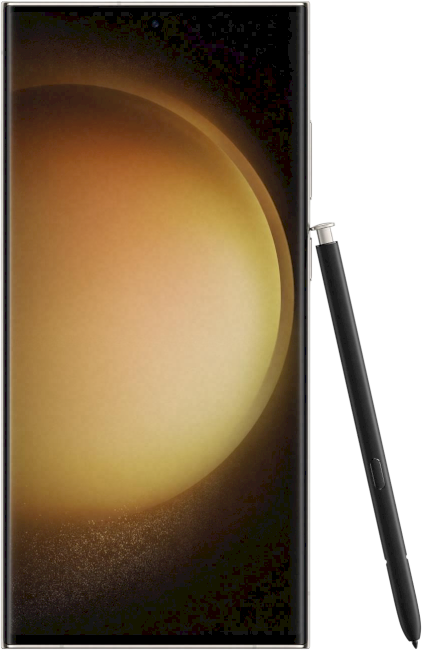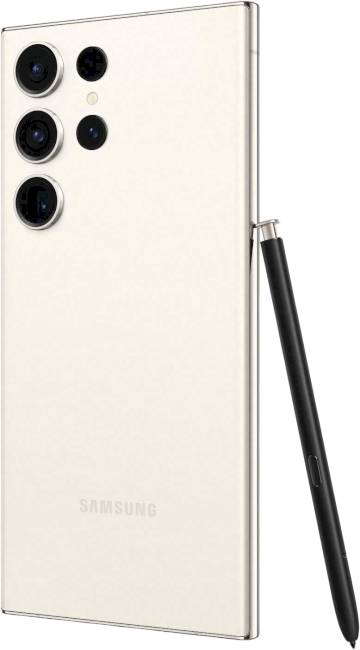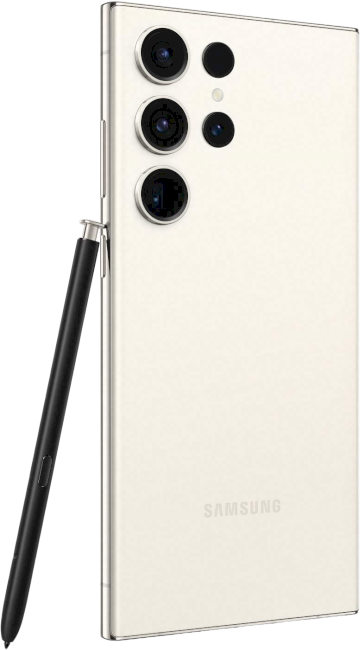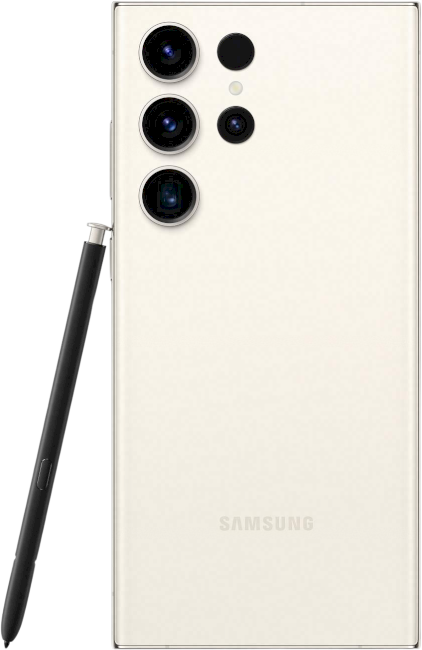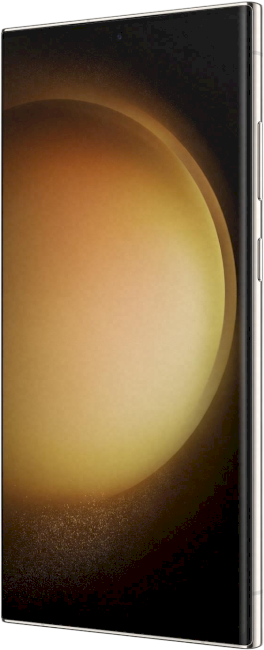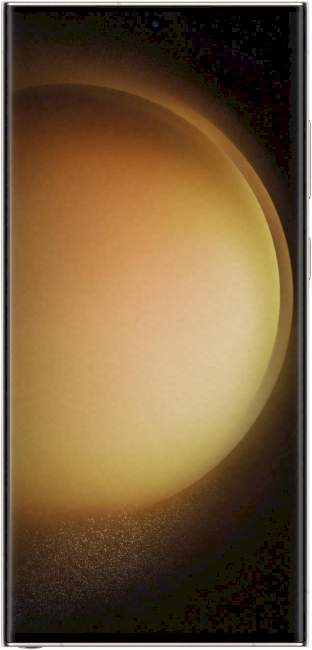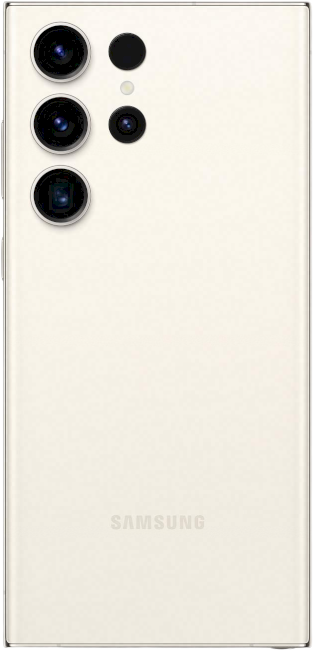The Galaxy S23 Ultra will be unveiled next week alongside the Galaxy S23 and the Galaxy S23+. However, its specifications and pricing have leaked already. And so far, it is shaping to be a killer smartphone, thanks to improved processing, better cameras, and longer battery life. It can also be a significant upgrade from Samsung's last high-end Galaxy Note device, the Galaxy Note 20 Ultra.
Let us look at why we think the Galaxy S23 Ultra is a worthy upgrade from the Galaxy Note 20 Ultra.
A massively improved processor (Snapdragon 8 Gen 2)
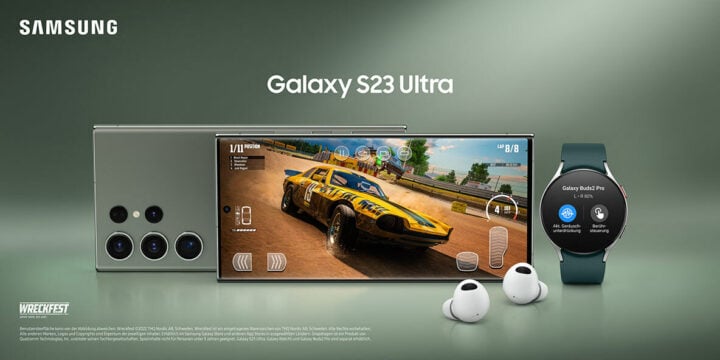
For the first time in its history, Samsung will offer a Snapdragon processor in all its high-end smartphones worldwide. Going by all the leaks, the Galaxy S23 Ultra will feature a higher-clocked version of the Snapdragon 8 Gen 2 processor. Since multiple smartphones with the Snapdragon 8 Gen 2 have launched over the past couple of months, we have a fair idea of what to expect from the chipset.
Reviews reveal that the Snapdragon 8 Gen 2 is an extremely powerful chipset while also being very power efficient when necessary. Tests have shown its gaming performance to be better than Apple's A16 Bionic chipset used in the iPhone 14 Pro series. And Qualcomm has closed the gap with Apple in terms of CPU performance. The new 5G modem inside the Snapdragon 8 Gen 2 is also more efficient than previous generation Snapdragon chips. So, the Galaxy S23 Ultra will be leaps and bounds faster and more efficient than the Galaxy Note 20 Ultra, be it the Exynos 990 version or the Snapdragon 865+ version.
So, if you are upgrading from the Galaxy Note 20 Ultra to the Galaxy S23 Ultra, your new phone will offer smoother animations, faster app and game opening times, better multitasking, and improved gaming.
Brighter display with the same S Pen
While the Galaxy Note 20 Ultra has an impressive Dynamic AMOLED 2X screen with a 120Hz refresh rate, QHD+ resolution, and up to 1,500 nits of peak brightness, the Galaxy S23 Ultra has an even better display. It is still a QHD+ Dynamic AMOLED 2X panel with a 120Hz refresh rate, but the new screen used in the Galaxy S23 Ultra can go even brighter, at 1,750 nits, and has a variable refresh rate that goes as low as 1Hz to save battery (compared to 10Hz on the Note 20 Ultra).
The display also reproduces better colors at its highest brightness levels when used under direct sunlight (or any bright light). Plus, unlike the Galaxy Note 20 Ultra, the Galaxy S23 Ultra's display can run a 120Hz refresh rate even at QHD+ resolution, so you will get sharper visuals even at the highest refresh rate settings. And since the Galaxy S23 Ultra has a built-in S Pen slot, Galaxy Note fans won't feel left out.
The Galaxy S23 Ultra's screen is protected using Gorilla Glass Victus 2, which is more shatter resistant than the Galaxy Note 20 Ultra's Gorilla Glass Victus protection.
Improved cameras all around
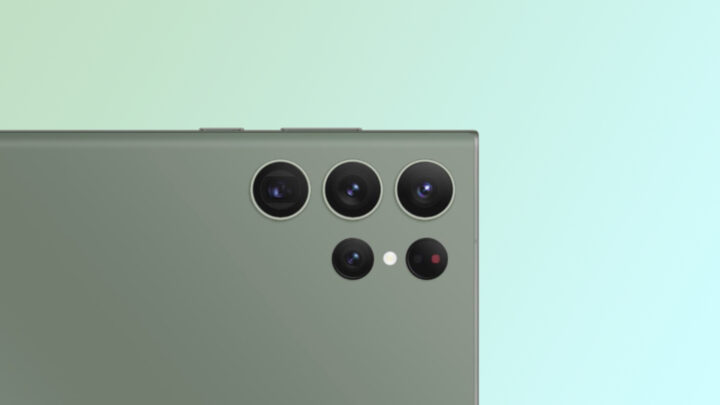
The Galaxy Note 20 Ultra was the first Galaxy Note series device with an ultra-high camera resolution (108MP). In comparison, the Galaxy S23 Ultra has a 200MP primary camera with OIS, faster autofocus, and a slightly wider aperture (F1.7). Going by Samsung's promise and the leaked images, the 200MP camera should offer improved details, better colors, and a wider dynamic range. It will also have faster autofocus even in extremely low-light situations.
It also offers smoother videos with a wider field-of-view at 8K resolution, thanks to a higher frame rate of 30fps. While both phones feature 4K 60fps video recording, videos coming out of the Galaxy S23 Ultra will have better colors and a wider dynamic range. Low-light videos will be brighter and have lower noise.
While both smartphones have a 12MP ultrawide camera, the one on the Galaxy S23 Ultra has autofocus, which means you can capture sharper images and macro images and stable videos. The Galaxy S23 Ultra also offers more optical zoom, thanks to its 10MP telephoto camera with 10x optical zoom. There is also an additional 10MP telephoto camera with 3x optical zoom. In comparison, the Galaxy Note 20 Ultra has a 12MP telephoto camera with 5x optical zoom.
The Galaxy S23 Ultra also features a better front-facing camera. Its new 12MP selfie camera sensor offers higher details and better videos than the 10MP selfie camera on the Galaxy Note 20 Ultra. The new phone can also capture 4K 60fps selfie videos with HDR. So, be it still images or videos, the Galaxy S23 Ultra offers better camera performance than the Galaxy Note 20 Ultra.
Longer battery life, faster charging
The Galaxy Note 20 Ultra is powered by a 4,500mAh battery and has a 7nm processor. The Galaxy S23 Ultra has a 4nm processor and a 5,000mAh battery. Thanks to a more power-efficient processor and a bigger battery, the Galaxy S23 Ultra should easily last more than a day on a single charge.
The Galaxy S23 Ultra also features 45W fast charging, which means you can charge more than half of the phone's battery within half an hour.
Longer software update support
The Galaxy Note 20 Ultra launched with Android 10 onboard and received three major Android OS updates: up to Android 13-based One UI 5.0. The Galaxy S23 Ultra will debut with Android 13-based One UI 5.1. It will get four major Android OS updates (up to Android 17). It means that if you upgrade from your Galaxy Note 20 Ultra to a Galaxy S23 Ultra, your phone will be up to date for four years from now.
There is just one catch
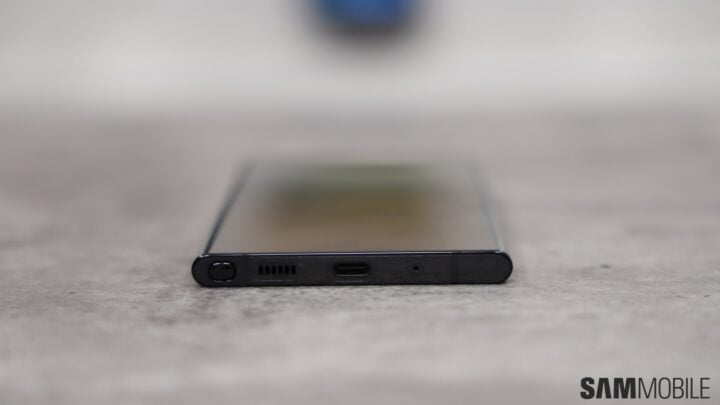
Both phones—Galaxy Note 20 and Galaxy S23 Ultra—have many premium features in common, including an IP68 rating, AKG-tuned stereo speakers, an ultrasonic fingerprint reader, Wi-Fi 6, UWB, Wireless DeX, Samsung Pay, a high-speed USB Type-C port, wireless charging, and reverse wireless charging. However, the Galaxy S23 Ultra is a downgrade in one area. It lacks the microSD card slot that is present in the Galaxy Note 20 Ultra. If you are someone who likes to swap out microSD cards and keep them handy for data transfer, you will be disappointed with the Galaxy S23 Ultra.
Overall, Galaxy S23 Ultra is a significant upgrade over the Galaxy Note 20 Ultra
The Galaxy S23 Ultra is still an almost perfect upgrade over the Galaxy Note 20 Ultra. It has a brighter screen, better screen protection, a faster processor, faster RAM and storage, better front and rear cameras, longer battery life, faster charging, and much longer software update support.
The only thing that should keep you with your Galaxy Note 20 Ultra is the Galaxy S23 Ultra's lack of a microSD card slot. That said, the Galaxy S23 Ultra will come with a minimum of 256GB storage, which is something you might want to keep in mind.
General Information
-
Model Name
Galaxy Note 20 Ultra 5G
Galaxy S23 Ultra
-
Model type
Bar
Bar
-
Colors
Black (Mystic Black)Bronze (Mystic Bronze)White (Mystic White)
Phantom Black ()Cotton Flower ()Botanic Green ()Misty Lilac ()
-
Announced
2020, August
2023, February
-
Released
2020, August
2023, February
Physical specifications
-
Dimensions
Bar: 164.8 x 77.2 x 8.1 mm
Bar: 163.4 x 78.1 x 8.9 mm
-
Weights
208g
233g
-
IP rating
IP68
IP68
Operating system
-
Operating system
Android 11
Android 13
-
One UI version
3.0
5.1
Networks
-
SIM
Dual SIM model (Hybrid SIM slot)
Dual SIM model
-
SIM card sizes
Nano-SIM (4FF)
Nano-SIM
-
Networks
2G3G4G5G
2G3G4G5G
-
eSIM support
Yes
Yes
Display
-
Kind
Main Display
-
Name
Infinity-O Display
Infinity-O Display
-
Technology
Dynamic AMOLED 2X
Dynamic AMOLED 2X
-
Size
6.9 inch / 175.26 mm
6.8 inch / 172.72 mm
-
Resolution
WQHD / 3088x1440 pixels
WQHD+ / 3088x1440 pixels
-
Pixel density
496 PPI
500 PPI
-
Refresh rate
120Hz
120Hz
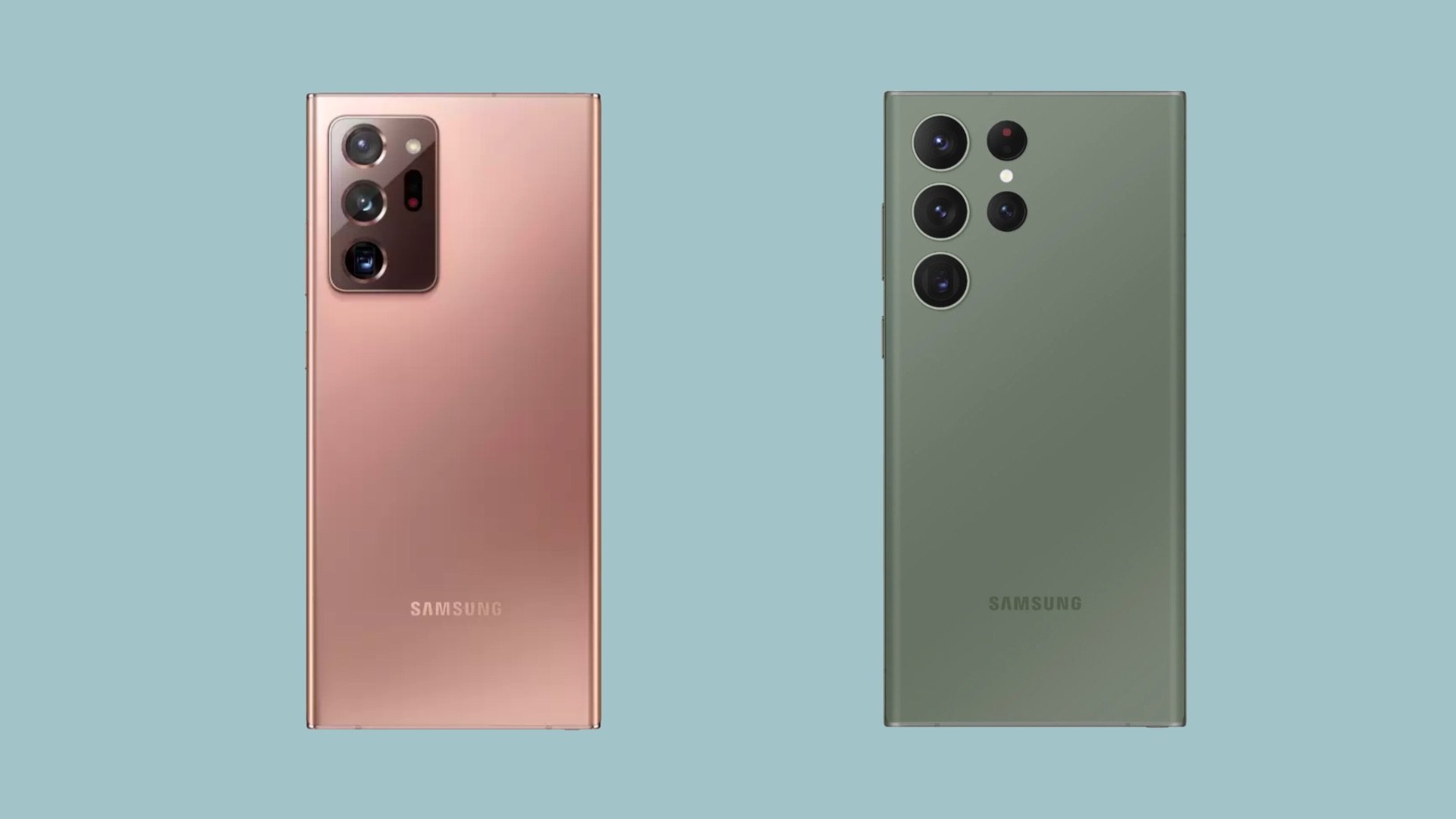
.png?1596632920)
.png?1596632919)
.png?1596632918)
.png?1596632917)
.png?1596632915)
.png?1596632914)

.png?1596632910)
.png?1596632910)
.png?1596632909)
.png?1596632908)
.png?1596632906)
.png?1596632905)
.png?1596632904)
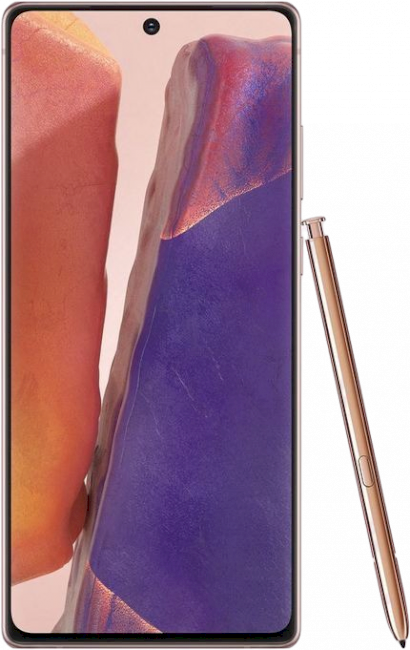
.png?1596632902)



